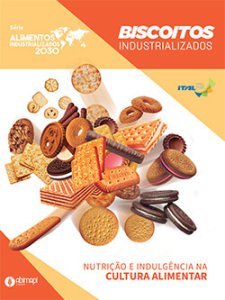ORIGIN OF INDUSTRIALIZED COOKIES
The name “cookie” comes from Latin bis coctus, that is, dough cooked twice until a harder and crumbly structure is obtained. In the history of mankind, cookie has been consolidated in the food culture as an inseparable part of the feeding all over the world, both for being a nutritive, practical, and long shelf-live food, due to its microbiological stability, and for being versatile in creating tasteful confectionery products. In the feeding and nutrition field, hard cookies made only with flour and water, without yeast and without salt have been the fundamental basic diet for travelers, sailor, and soldiers during a long time. They are part of pilgrims, discoverers and pioneers of new people, the military conquests, in addition of being an inexpensive source of energy and proteins for the poorest population. Crackers, the modern by-product of these ancient cookies, are present at the family breakfast and snack tables in many countries, and it is the second most consumed type of cookie in Brazil, with highlight to the Northeast region, in addition of being an excellent option for feeding during trips.
Many different creations of cookies have been created in the confectionery area that remain to this day, such as the Ladyfinger (or champagne cookie), Maria, cookie with chocolate nibs, petit four, palmier, fortune cookie, wafer, macaroon and other stuffed cookies. The Industrial Revolution period marked the beginning of mass production for cookies that were already part of the food habits of many people. In the 20th century, there was the production modernization of cookies that were traditionally made in bakeries. After the World War II, a variety of new types of cookies emerged, using new technologies for ingredient, processing and packaging.
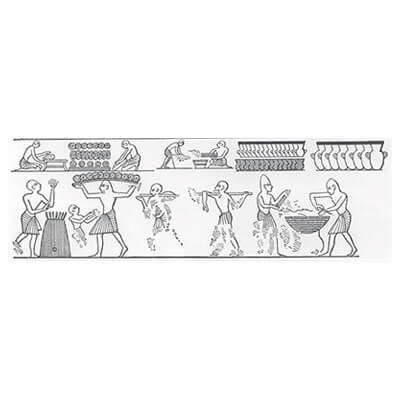
Ancient Egypt – 5.000 B.C.
Cookie as food for slaves and also put in the tombs so that the deceased would not go hungry on the journey to the other world (CAOBISCO).
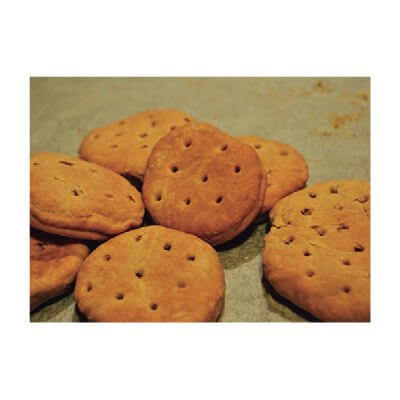
Ancient Rome – 100. A.D.
There were many bakers who manufactured a wide variety of cookies, many of them used to feed legionaries.

Séc. XV
Used for feeding the crew of the great discoverers. Biscotti was one of Cristóvão Colombo’s favorites, who always had them on his long sea journeys.

Macaron
Stuffed cookie with records since 18th century.
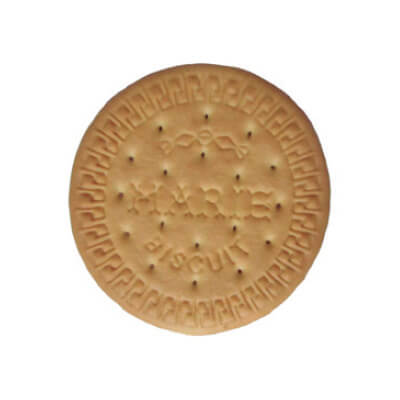
Maria Cookie
Records of its used dated back to 1874 to celebrate the wedding of Russian nobility. It became popular in Europe and in many other countries.

Wafers filled with cream
Manufactured in Austria, since 1898.
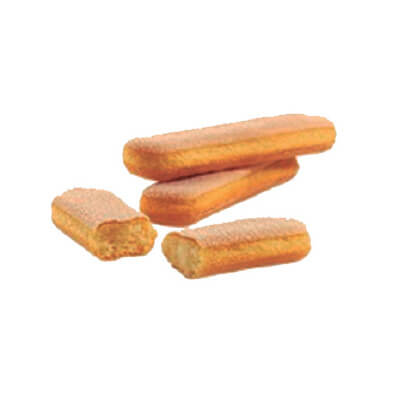
Ladyfinger
The Ladyfinger recipe is from 11th century France. From 1901, it became the chief product of Specialty Bakers, France.



